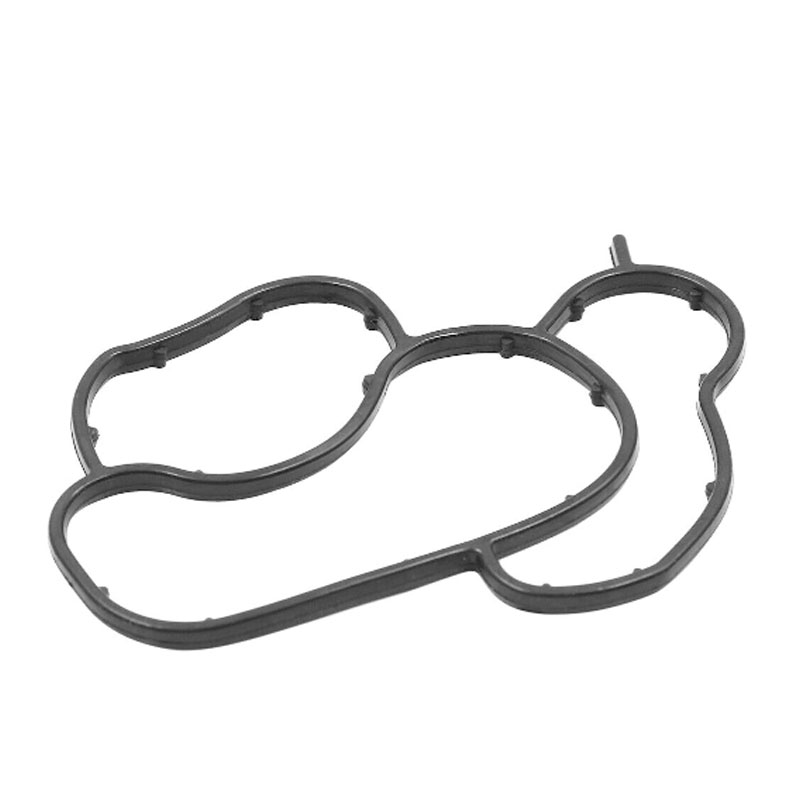Effective Solutions for High-Pressure Sealing Applications in Industrial Environments
Understanding High Pressure Seals Importance and Applications
High pressure seals are critical components in various industries, designed to prevent the escape of fluids or gases under extreme pressure conditions. These seals are essential in ensuring the integrity of mechanical systems, particularly in hydraulic, pneumatic, and chemical applications. As equipment operates under high pressure, the demands on sealing solutions increase, necessitating advanced materials and engineering designs to maintain efficiency and safety.
One of the most common types of high pressure seals is the O-ring, which is often used in static and dynamic applications. O-rings can be made from a variety of materials, such as rubber and fluorocarbon, depending on the specific operating environment. For instance, in high-temperature applications, seals may be constructed from materials that can endure significant thermal expansion without compromising their sealing capability.
In addition to O-rings, other sealing solutions like lip seals and cartridge seals are widely used in high-pressure scenarios. Lip seals, often employed in rotating equipment such as pumps and motors, provide effective sealing around moving parts. Meanwhile, cartridge seals offer a more robust solution, especially in situations where high-pressure fluids must be contained. They can operate under extreme temperatures and pressures while resisting wear and abrasion.
high pressure seal

The importance of high pressure seals cannot be overstated. In the oil and gas industry, for example, these seals are crucial for preventing leaks that can lead to catastrophic failures, environmental disasters, and financial losses. Similarly, in the aerospace sector, high pressure seals ensure the safety and reliability of aircraft systems, where failure can have dire consequences.
Moreover, selecting the appropriate seal for specific applications requires a thorough understanding of several factors, including the type of fluid being sealed, temperature ranges, pressure levels, and the presence of chemicals that may degrade certain materials. Engineers must evaluate these factors to ensure that the sealing solution chosen will provide optimal performance.
Innovations in sealing technology are continually emerging, incorporating advanced materials such as carbon composites and specialized elastomers that enhance durability and resistance to extreme conditions. This progress not only improves performance but also extends the lifespan of equipment, reducing maintenance costs and downtime.
In conclusion, high pressure seals play a vital role in myriad industries by ensuring safe and efficient operations under challenging conditions. Understanding their characteristics, applications, and the advances in sealing technology is crucial for engineers and industry professionals tasked with maintaining system integrity. As technology continues to evolve, high pressure seals will remain central to innovation in sealing solutions, driving progress across multiple sectors.
-
Understanding the Importance of the Crankshaft Oil Seal in Engine Performance
News Jun.16,2025
-
The Unsung Heroes of Engine Protection: Understanding Automotive Shaft Seals and Oil Seals
News Jun.16,2025
-
Keeping the Engine Tight: The Role of Crankshaft Seals and Gaskets in Oil Control
News Jun.16,2025
-
Complete Protection in Harsh Conditions: A Deep Dive into Cassette Seals
News Jun.16,2025
-
Choosing the Right Oil Seal: A Guide to Trusted Brands and Suppliers
News Jun.16,2025
-
Advanced Sealing Technologies: Exploring the Range of Modern Oil Seals
News Jun.16,2025
-
Your Essential Guide to Car Repair Kits: From Rust to Dings
News Jun.13,2025
Products categories















